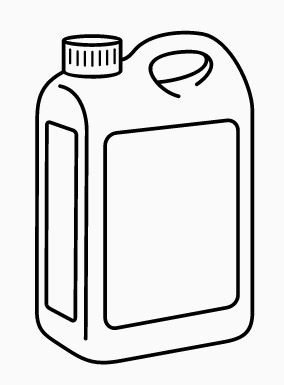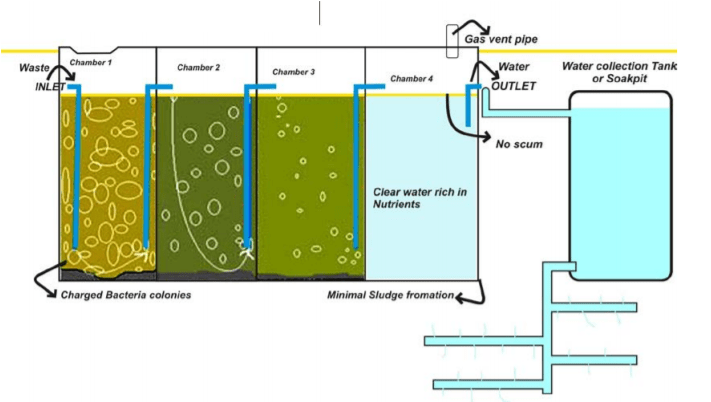Bricks and Blocks
Industry standard sizes, market types, masonry applications by mortar binding and geometric interlocking
Taxonomy
Bricks and blocks cover units used for masonry works – either by cement-bonded joints or interlocking. [Mechanical and glued joints are not covered in this section]. These are measured by numbers.
Blocks are classified based on following criteria:
- Manufacturing process: clay-burnt, cementitious, shaped stones or polymeric moulding
- Sizes and shapes: Different sizes of masonry blocks are available in market
- Method of Laying: Masonry-bonded (Generic & Block Bonding) or Interlocking
- Application: Masonry, paving or facing
Mortar-jointed masonry blocks (or Unit Masonry Blocks) and standard interlocking blocks are manufactured in fixed industry-standard sizes. As composition of blocks and mortar in masonry depends primarily on the volume of the block (and also the type of bond, which is a property of the activity), it is most convenient to classify blocks primarily in terms of size. The most common sizes are brick-size (190x90x75mm or slight variants thereof) and block-bonding size (stretcher size of 400x200mm with different thickness such as 100/150/200mm).
Further classification of blocks may also be based on the grade of base material [Clay/Concrete/Stone] and based on the internal structure – solid/hollow/perforated/aerated. These differences are usually at specification level. Workforce effort for Brick-sized blocks do not appreciably vary based on the material of brick that is clay-burnt or cementitious. Block-binding size (400×200) however, significantly affects the manpower based on whether the blocks are solid/hollow or clay/concrete.
Composition of workforce depends in addition, on the weight or ease-of-handling of blocks. Handling effort is different for blocks of different material and internal structure. Clay burnt blocks are usually autoclaved and perforated. Cementitious blocks may be solid or hollow, former being obviously heavier to handle. Therefore, handling of blocks is to be considered as a resource-governed activity dependant on type of blocks, where equivalent blocks may be compared by weight.
An alternate classification of blocks is by type of block interchangeable by sizes in the ratio of block volume. This method is not analytic if unit masonry is measured in area, or an English/other bond is used and where blocks are used for other purposes such as paving and kerbing and if laying effort is not linearly related to block thickness.
Brick-Sized Blocks
Brick-sized blocks covers masonry units of size about 200x100mm on frog. Height of unit may be 75-100mm [100mm being referred to as modular].
These blocks were conventionally manufactured by burning clay, whereas a variety of brick-sized blocks are now manufactured by cementitious casting. Clay Burnt-bricks are moulded on ground/table/machines and burnt in clamps/kilns. Cementitious blocks are classified based on the composition such as aeration, calcium silicates, lime and fly-ash. Blocks are also also classified based on the compressive strength. Some compositions of bricks are used for special purposes such as refractory and sewer linings.
Bricks are measured in numbers; number of bricks required for typical applications are based on the size of individual brick and irrespective of manufacturing process and strength class. Hence, one non-modular bricks may be substituted by modular units with 0.75 modular size brick.
Bricks are mostly readily available. Burnt clay bricks face shortage of availability during monsoons, rains or winters. Non-availability also corresponds to increase of prices by about 16%. Clay burnt bricks being most popular of all brick sized blocks, there is a corresponding increase in price of other blocks. Blocks such as autoclaved aerated blocks with special purposes, remain constant in price throughout the year. Credit periods range from 7-40 days.
Paver Blocks
Paver Blocks are blocks of custom shapes and size used for forming pavements with interlocking or abutting arrangement. The blocks may be clay-burnt, cementitious, stone-cut, rubber moulded or plastic.
Due to the different shapes and sizes of paver blocks in the market, it is convenient to measure paver blocks by laying area. In this case, any type of block may be substituted by the same area of another type of paver block.
Special Applications
Hollow blocks (both clay-burnt and cementitious) are sometimes used for reinforced masonry by in-situ filling the hollows of the block with concrete (with steel or otherwise).
Unit masonry also includes special activities such as casting lintels, using partially precast blocks.
Availability & Market Rates
Cementitious blocks are usually available over lead periods of curing time, about 7-10 days. Clay Blocks require about 30-45 days for manufacture, although these are readily available throughout the year. Prices usually increase during winter due to reduced supply. Stone blocks are not popular in recent times, due to which quarrying and dressing may be against order.
“The content presented above is the sole property of Adept Algorithms and shall not be reproduced in part or whole without prior permission”
Post a Comment
You must be logged in to post a comment.









